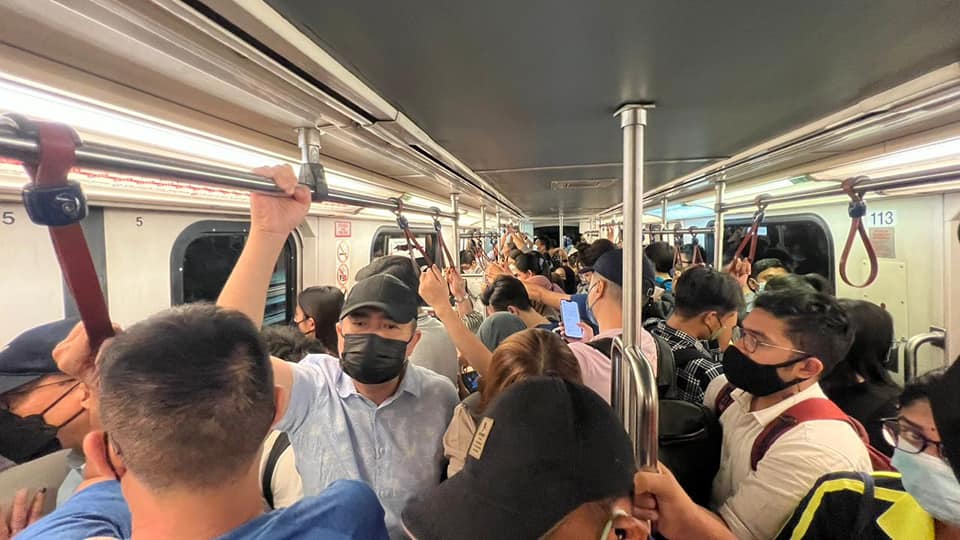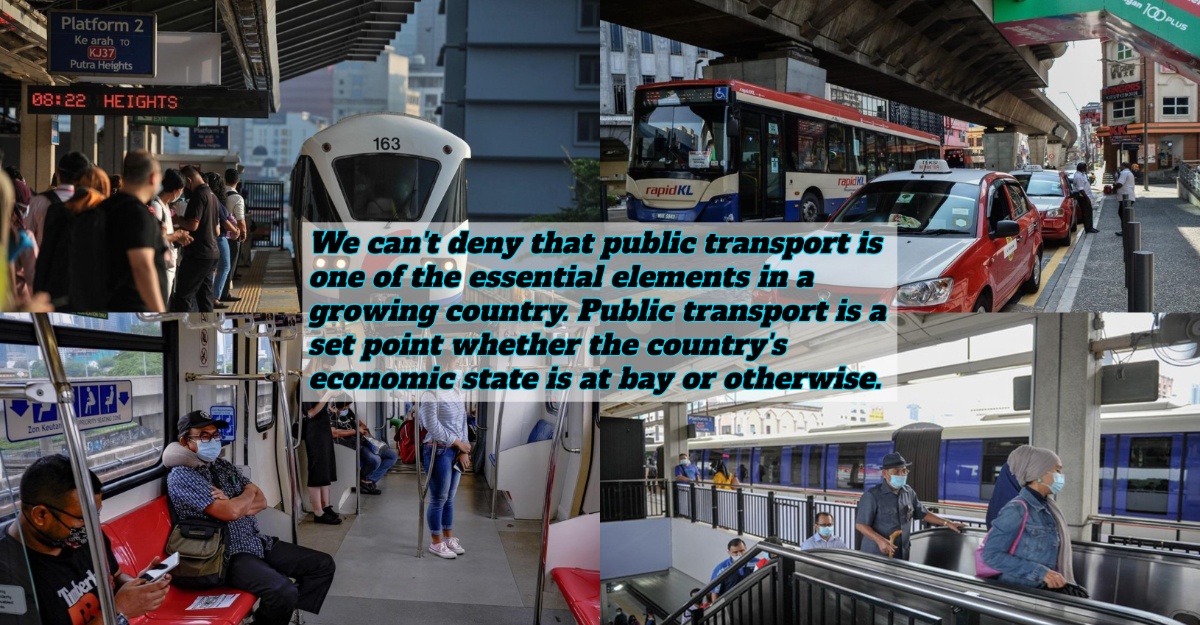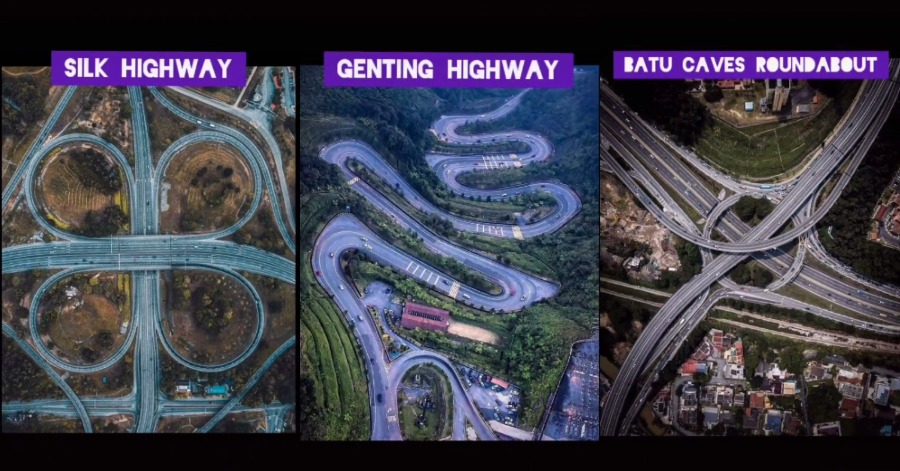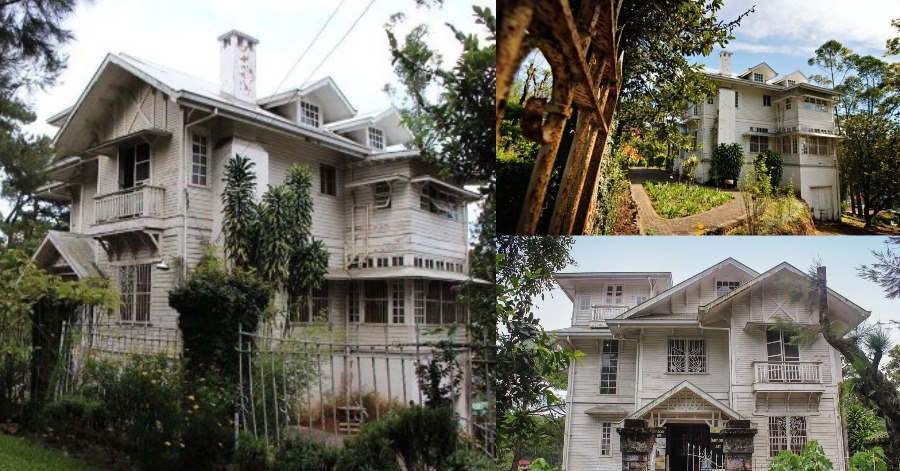Critical types of data in public transport? We can’t deny that public transport is one of the essential elements in a growing country. Public transport is a set point whether the country’s economic state is at bay or otherwise. Therefore, it’s important to have an efficient public transport service as many are still using it today. Not only it’s convenient, but also it helps with other attributes like giving work opportunities to people.
Yesterday, the Minister of Transportation, Anthony Loke, disguised himself as a local to observe the everyday scenario of public transport users during the peak hours. He voiced his concern about the struggles commuters experienced every day. The sea of people on the train made the situation uncomfortable, and Anthony Loke agreed.

In his Facebook post, he promised to hold a meeting with the Prasarana team this week. He wished to address and know the plans Prasarana has for the development of this most used public transport in Malaysia.
Amid his secret visit to the LRT KJ line station, Twitter user Thevesh (@Thevesh) a data analyst shares five critical types of data that the minister should look at, collect and consider.
Minister @anthonyloke shows both empathy and urgency with this move.
In good faith, here are 5 critical types of data he needs to look at, collect AND make open:
–
Note: I am not a public transport expert, and I have no inside info on this. Feel free to disregard. https://t.co/8qrdlcvoH1— Thevesh (@Thevesh) December 5, 2022
Very granular usage data
- Thevesh shares that this data is vital.
- It’s observed by line, direction and minute of the day.
- Then, it should be published and studied immediately at a high frequency.
- Possibly, this data should be linked to these demographics: age, sex, and student/OKU status via TnG card.
- Thus, this data gives a deep understanding of the users.
User experience data
- Generally, not everything is captured in the ticketing and tap-in or out data,
- The analyst suggests that this needs a ‘soft’ side too.
- Furthermore, Thevesh suggests that the minister has to sit with experts, design brief, but a high-impact survey on key points and survey users regularly.
- Why? It’s the core to supplement the electronically generated data.
Accessibility data
- It’s data that is often forgotten in society.
- Anthony Loke has to consult the OKU community and appoint accessibility ‘ranger’s, one per station.
- Then, it has to be surveyed thoroughly.
- Thevesh thinks that this is the missing element in Malaysia’s public transport.
Maintenance data
- Thevesh doesn’t know how much of this data progresses, but if not already implemented, sensors and monitors for predictive and preemptive maintenance should be installed quickly.
- These short-term costs are saving money in the long run.
- Plus, regular public logging of upkeep work should be continued.
Optimization data
- The data is responsible for checking if trains are late. It’s monitored publicly.
- Next, check if schedules of different lines can be better synced to minimize bottlenecks.
- For example, to allow the KJ line sufficient time to walk to the Ampang line from Masjid Jamek.
- Thus, it’s to optimize anything within the current constraints.
We’re hoping that our public transport will undergo a better transformation in the future. Hence, the authorities involved should take immediate action to ensure the efficiency of its services.








